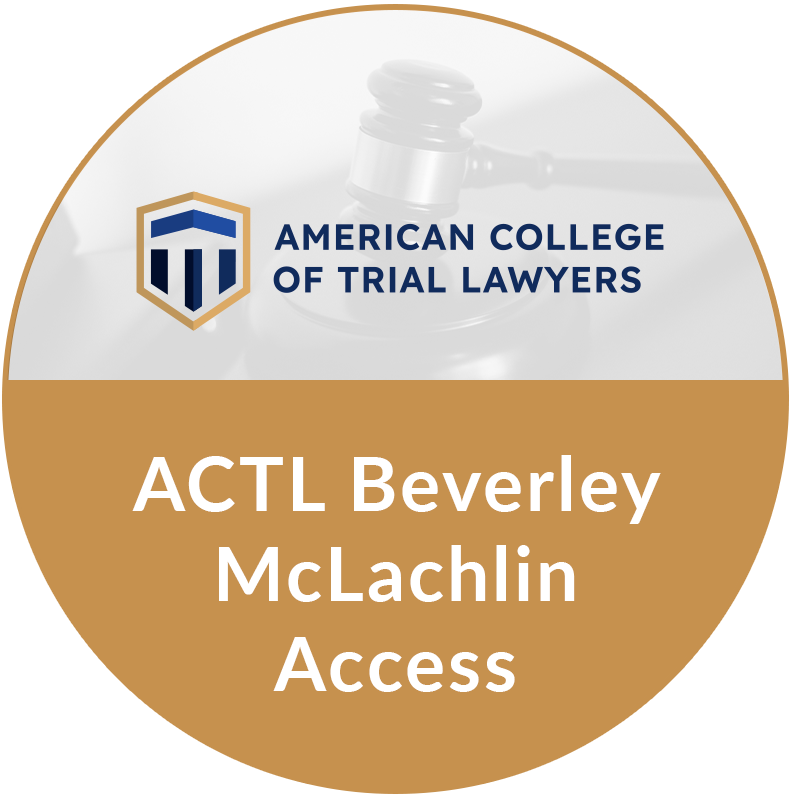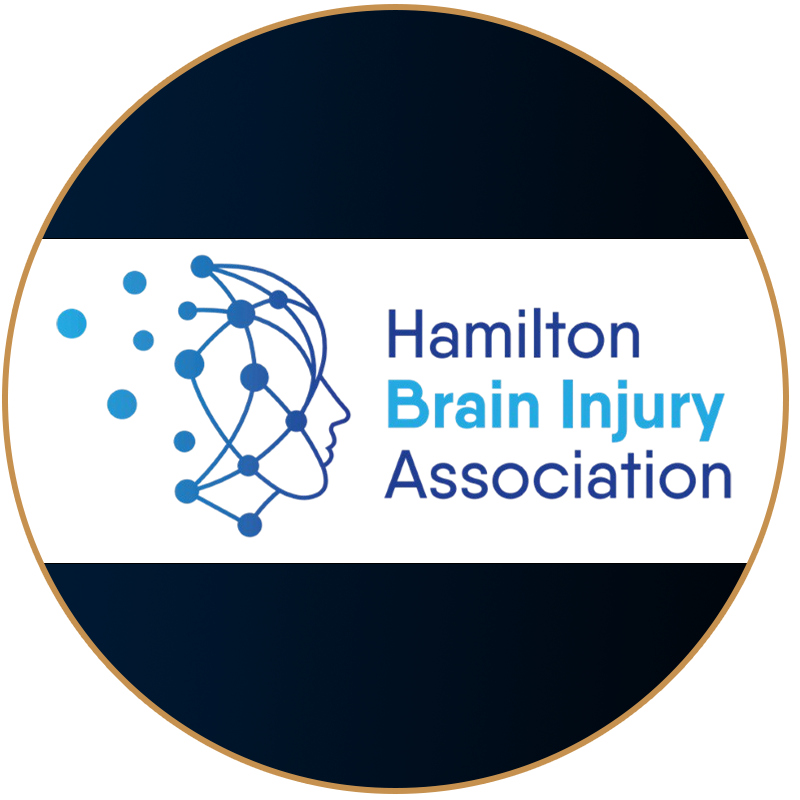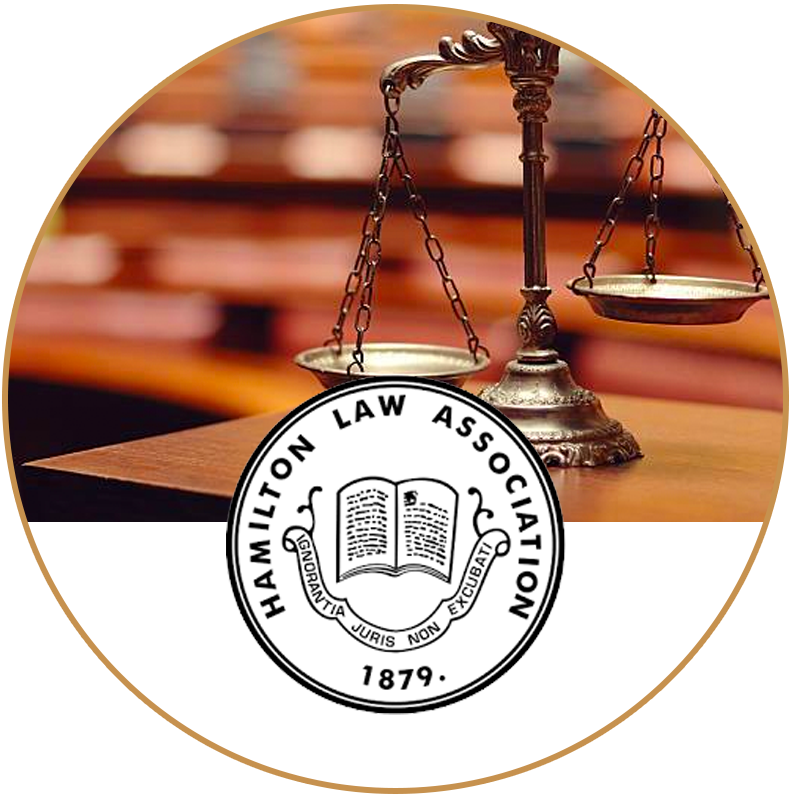August 21, 2025
Face to Face to Screen to Screen
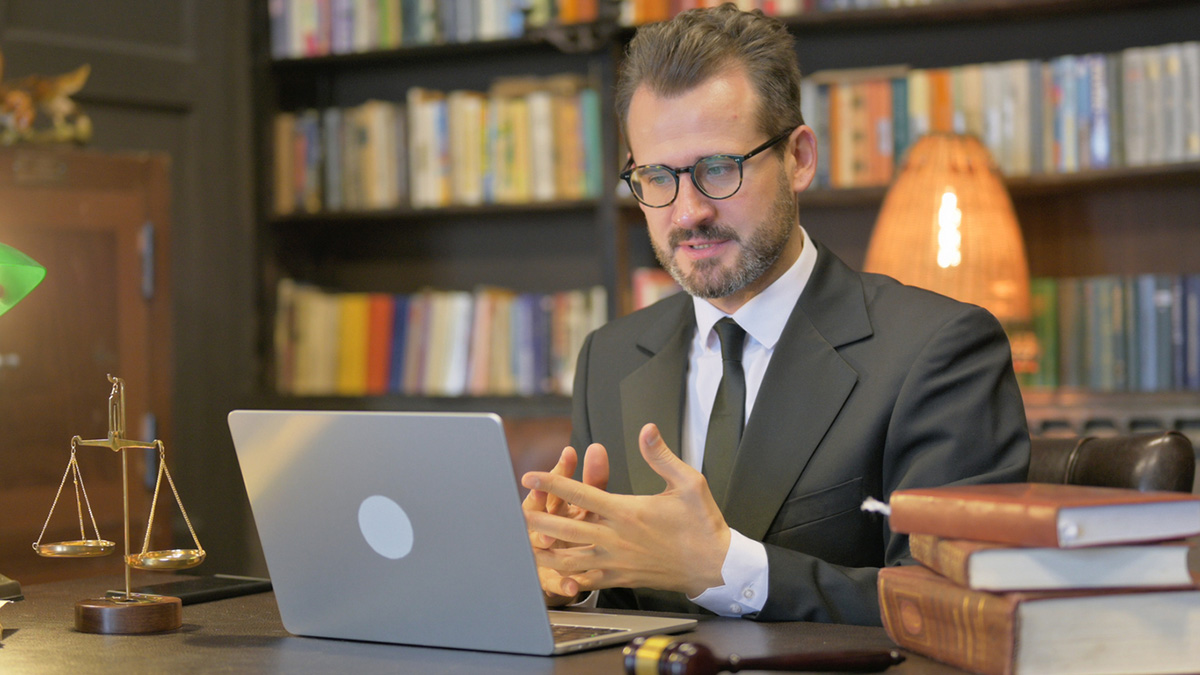
The practice of law will always be changing, but there are moments when it seems to change overnight. It is trite to point out that COVID is one of these. We are all familiar with what this brought, including Zoom meetings with clients and for court proceedings, a rapid shift to digital document handling, and an initial freeze of all socializing that has failed to come back fully. The HLA’s History Committee welcomes a guest to each meeting to share their career experiences. There was a common theme among their stories. I found that these conversations dovetailed with the conversations lawyers are having all over town—the loss of the personal and social side of the practice of law. As an Elder Pandemic Lawyer (called in 2020), I saw a touch of the old world and have only practiced in this new one. I spoke to more senior members of the local bar and have collected some memories and methods of practicing law that are increasingly lost to time as part of the committee’s efforts to record the Hamilton legal community’s history.
‘Presumed Mode of Hearing’ and Practice Directions, aka the Death Knell of In-Person
Prior to March 2020, if you asked any lawyer in town to have a remote meeting, your most likely response would have been a polite ‘no, I don’t do that’. Mercifully, we didn’t know what Zoom was at the time. If litigators were to examine a witness, they would meet at a reporting office, such as the local favourite Nimigan Mihailovich, in a neat conference room with a court reporter, coffee, and snacks. A mediation or two was held at the Hamilton Club or the Sheraton, with a lunch menu arriving at 11:30 am. Motions court was packed, and as an articling student, it was a weekly masterclass in advocacy. Occasionally, the lessons were clearly in what not to do, but we learned to walk before we ran by watching it all.
Immediately after the declaration of the pandemic, the legal community received the first of many dreaded practice directions from the court. We all learned the phrase “presumed mode of hearing,” and many took it to be a negotiated and temporary change to the way we did our business. From the perspective of a millennial and therefore supposed ‘digital native’, it seemed likely that the ease of access of these services would tilt the cost-benefit analysis away from seeing each other. In my year of articling, I attended more discoveries in person than I have as a lawyer in five years. I have done a half dozen in-person out of the hundred or so discoveries I’ve carried out in those years. Speaking to lawyers who have been around longer, it became clear that there was a host of methods of settling files and building relationships that had disappeared.
It is often said that at the time of completing discoveries, the lawyers know their cases the best, other than if they were to run a trial. I have never had a file settle at discovery and have been consistently surprised by how many senior members of the bar said this was commonplace. These moments of getting lunch with opposing counsel, chatting with someone you’ve bumped into in the break room at a reporter’s office, or seeing them at a conference where you work out something you’ve both struggled to get to are going extinct. The new generation of lawyers, myself included, need to either return to these practices where possible or forge new ones so that the opportunity for camaraderie, friendship and early resolution is borne out.
Something Old, Something New
Not all of the changes that came with the pandemic were as groundbreaking as once assumed, but it can be said that their nature and necessity changed. An excellent example of this is the use of Zoom. I spoke with two local personal injury lawyers, Rob Hooper and Brendan Sullivan, who ran trials prior to COVID and afterwards to hear about the contrast. It may surprise those of us called during and after COVID to hear that they had witnesses testifying remotely prior. As an articling student, Brendan went to trial with famed litigator Jack Fitch during which they had a problem peculiar in its day: a lay witness could not be in town, and the said witness had excellent evi- dence. The solution was Skype and an overheating cell phone providing a hotspot because the courthouse had no internet connection whatsoever. This particular evidence went ahead fine, as it was a fairly simple exercise in introducing video evidence and verifying its source in the witness. Complex evidence would not have been so fruitful as Skype had not developed smooth screen sharing that we have come to know.
We have gained a lot with modern updates on Skype, such as Zoom and Teams. These products have allowed lawyers to put evidence to witnesses directly in an entirely digital format and created a more seamless integration of remote witnesses into court proceedings. They have opened a lot of doors to people with needs for work-life balancing when parenting or if ill, and for those who simply have the desire to practice from home or abroad at times because they gave us the flexibility in scheduling of nearly being in two places at once. These advantages come with drawbacks as the technology was normalized and counsel became expected to be familiar with operating it. Many witnesses and some lawyers have not respected the professionalism and effort that goes into presenting oneself on video, much in the way moulding a personality on social media seems to have become a necessary skill set for a lawyer. Some expert witnesses come with branded backgrounds, professional dress and not a hair out of place. Some appear from their kitchen table, hopefully at least in a collared shirt. One self-represented party appeared in court, which shocked my client and I, with a big stein of beer on screen for ten minutes. I was still shocked years later to be told an identical story by Joanne Guarasci, a local top family lawyer. Apparently, it was less obvious to the public that a beer is unacceptable in court before Zoom.
A seasoned lawyer knows that time in court is about more than cold facts, even when proceeding by judge alone. Rob discussed having to debate when and how to call experts because of these kinds of concerns. In cases with an injured plaintiff, the funding for flying an expert in from Vancouver to stay in a hotel for a few days is harder to find than it may be for some institutional defendants, but this cannot mean that wise counsel simply just opt for a remote witness. Strategic choices are being made every day in this regard, and as discussed, some old, some new.
During the trial Rob had during the pandemic, he recounted many frustrations with the procedure through Zoom, as it was burdensome to mark exhibits, show evidence, and manage the growing demands of this technology, taking him away from his focus and efforts in advocacy. He felt it became much more difficult to do a trial alone because managing the functioning of the court itself has fallen more on counsel as we direct evidence through Case Centre (formerly CaseLines). It became harder to keep the attention of both judges and juries because of the physical disconnection of being remote. There is some complex psychology to the stakes of a usual courtroom drama being lowered by not being in the room, but I can’t form medical opinions, so I’ll conveniently dodge that question. We see the effects of this in the way parties present themselves, as I am sure most litigators reading this have examined a witness poorly dressed, in a messy bedroom, and letting their cat stray across the screen.
Seeing counsel in their natural habitat
The changes to the daily practice of law aside, there are more personal and social changes that are a topic of conversation lately as well. To understand these changes, I asked the lawyers I spoke with where they used to see lawyers and talk to them. Many, including Joanne Guarasci, told me about the way motions courts used to be a prime social touchstone. She told me that early in her career, it was a regular occurrence to appear before a master instead of a judge in small conference rooms in the basement of a courthouse. She described a chaotic scene of dozens of lawyers hoping to get into the room and hand up a motion to be heard. No ‘CEO’ required, the way you are automatically adjourned for failing to have any of either a Confirmation of Motion, a blank Endorsement, or a draft Order was not a practice. It was more practical in that people attended with their materials and sorted matters out. I know from attending enough conferences recently that judges would defend their need to push matters unprepared, as the volume of material filed has exploded in recent years, but it has all become procedurally slow and frustrating to judges and counsel alike, and we struggle to move matters forward.
While they waited, many lawyers told me they would see lawyers they share files with and sometimes even prevent motions by being there to talk. Joanne and many others I spoke to have noticed counsel becoming more combative, absent these run-ins and the physical requirement of attending court. The burden to do something in law should be high or require ‘skin in the game’ in order to discourage frivolous motions. The way the hair goes up on your neck, being assailed in court by a judge, just doesn’t feel the same on Zoom when you can minimize them if it gets too scary to watch. ‘Yes, Microsoft Word document I had open before Zoom, I agree I should have filed less material…’
Are You Remotely Learning?
Prior to the pandemic, conferences had a larger attendance than they seem to have now. Conferences held in 2020 tried to engage the attendees and keep the culture and business alive for the vendors who support and fund these conferences. It became nearly impossible for many of these vendors to get the time with decision-makers at firms, and difficult for younger members of the bar to develop these networks and contacts that are integral to many legal fields. Instead of stopping by to chat for a paperweight, power bank or pens, we virtually visited their booth and received some points towards a prize. How urgently we made plans to ‘visit’ each booth and each section of the conference, breaking up amongst friends the work of collecting codes for points and never speaking to a vendor.
Part of what makes the Hamilton bar the best in Ontario is our his- tory of friendship and socializing. As wonderful as our Hamilton Law Association is, we are lucky to have the Hamilton Lawyers’ Club, which hosts a gala event and an annual picnic nearly every year. The stories from these events in the past are legendary, including gatherings that lasted until 2:00 am in the morning. These events are still a wonderful opportunity to make friends, but seem to have curtailed a lot of the excess. Perhaps we have all become a bit overly civil, and while our newspapers confirm alcohol sales are collapsing, I am left wondering how future lawyers will blow off steam together.
Online court events – Better for business, or just for expenses?
Corporate finances seem to govern a lot of how everyone in society interacts, even when we don’t realize it. In-house legal departments make up a significant portion of practicing lawyers, and they are of- ten told they are a cost centre. The switch to online discoveries and mediations resulted in cost savings for corporations. The travel time and printing costs for documents could disappear overnight as well. We saved money, but what did we lose? Counsel was once able to be frank with one another and make admissions we would not make in writing or over the phone. The decline of this has led to worse outcomes for our clients as the litigation is protracted when we can not see eye to eye. These kinds of fights and legitimate (or not-so-legitimate) disagreements about valuations or the law are harder to bridge without face-to-face interaction. For good public health reasons, we withdrew from the hallways of reporting offices and the courthouse, we withdrew from conferences, and we shrank from opportunities for friendship. Now, we take control of our future and our profession.
So, anyone want to get a bite to eat?
Ryan A. Sullivan, B.A. (Hons), LL.B.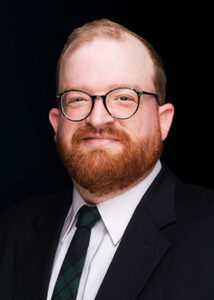
Lawyer at Hooper Law
[email protected]
Article originally appeared in: The HLA Journal. Volume 35, Issue 4, August 2025
https://www.hamiltonlaw.on.ca/HLA-Journal
Other Articles of Interest:
For a free consultation with our personal injury lawyers, please contact us today. We will answer your questions and help you understand what’s involved in the process. Consultations can be in person, by phone or by video call. Our office is in Hamilton Ontario and we provide services throughout Southern Ontario.
Fill out the Contact Form or:
Call us at the
fightforyou help-line:
905-522-8002
Email us directly at: [email protected]
For a free consultation with our personal injury lawyers, please contact us today. We will answer your questions and help you understand what’s involved in the process.
We provide services throughout Southern Ontario with offices located in Hamilton, Stoney Creek and Grimsby.
If you cannot make it to our office, we will come to your home, hospital or any other location that is convenient for you.




